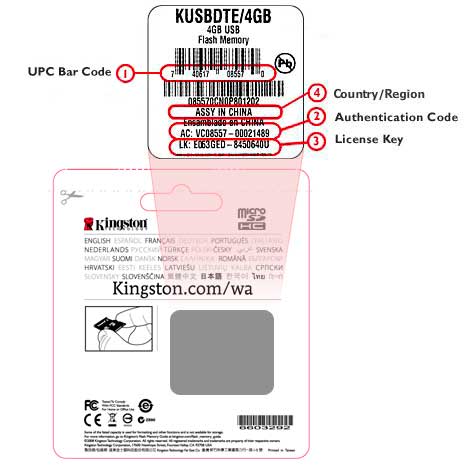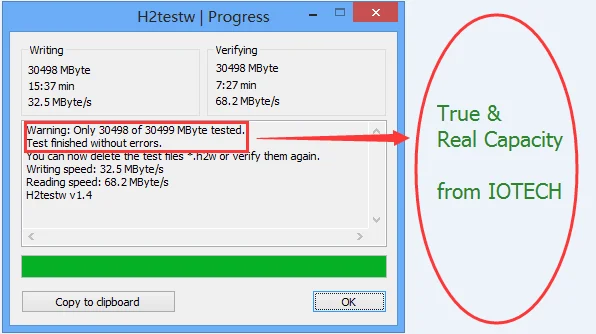

Outside North America, the IMSI is converted to the Mobile Global Title (MGT) format, standard E.214, which is similar to an E.164 number.

This is mainly important for international mobile roaming. If the subscriber is not from the provider's network, the IMSI must be converted to a Global Title, which can then be used for accessing the subscriber's data in the remote HLR. IMSI analysis is the process of examining a subscriber's IMSI to identify the network the IMSI belongs to, and whether subscribers from that network may use a given network (if they are not local subscribers, this requires a roaming agreement). (89 is the industry identifier for telecom and +1 is calling code)

For example, MTN South Africa's old IMSIs that are still in use in the market are 14 digits long. Both cards have been superseded by the UICC.Īn IMSI is usually presented as a 15-digit number but can be shorter. For GSM, UMTS and LTE networks, this number was provisioned in the SIM card and for cdmaOne and CDMA2000 networks, in the phone directly or in the R-UIM card (the CDMA equivalent of the SIM card). The IMSI is used in any mobile network that interconnects with other networks. To prevent eavesdroppers from identifying and tracking the subscriber on the radio interface, the IMSI is sent as rarely as possible and a randomly-generated TMSI is sent instead. It is also used for acquiring other details of the mobile in the home location register (HLR) or as locally copied in the visitor location register. It is stored as a 64-bit field and is sent by the mobile device to the network. The international mobile subscriber identity ( IMSI) / ˈ ɪ m z iː/ is a number that uniquely identifies every user of a cellular network. ITU-T recommendation E.212 International Mobile Subscriber Identity (IMSI)


 0 kommentar(er)
0 kommentar(er)
